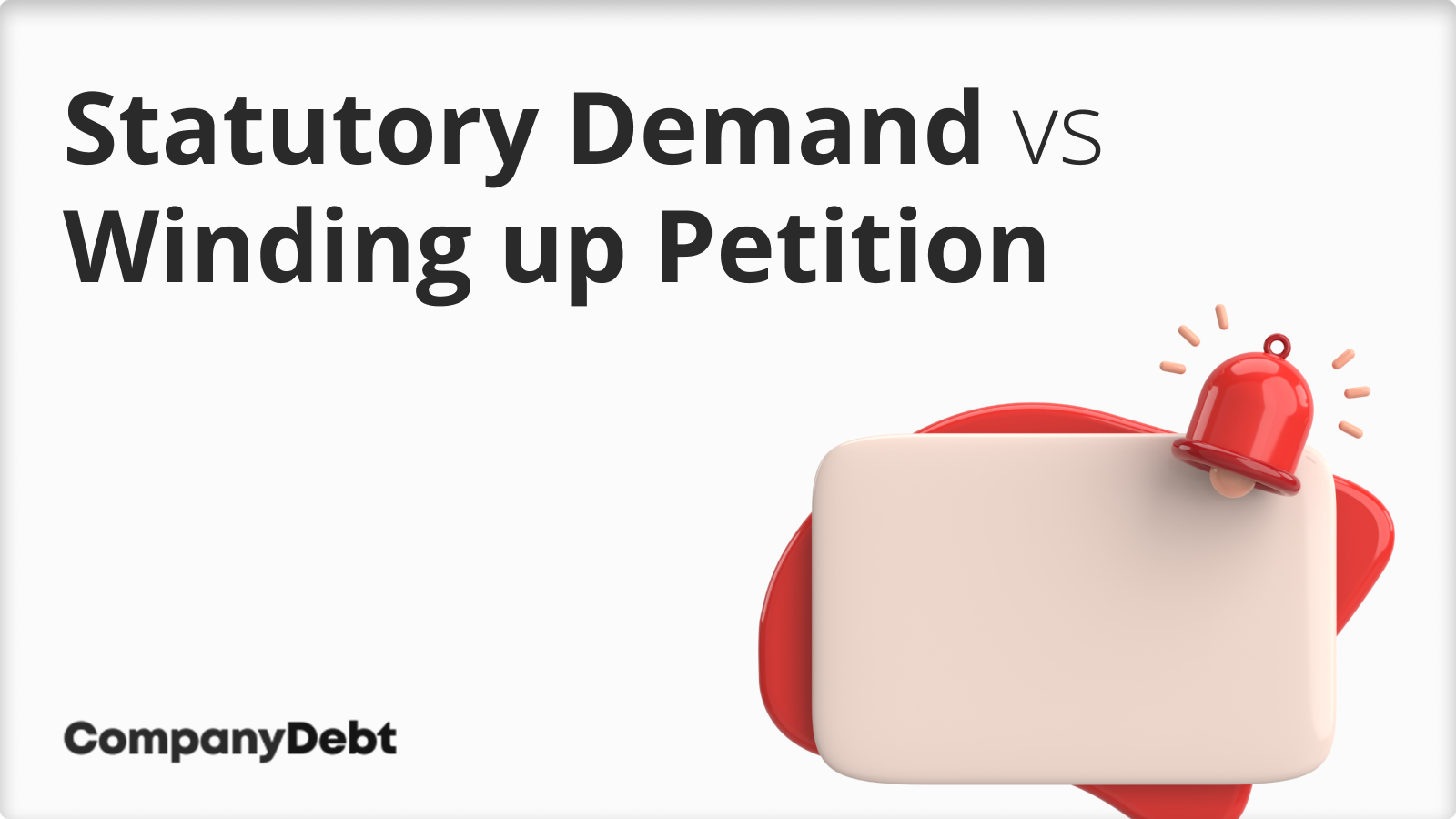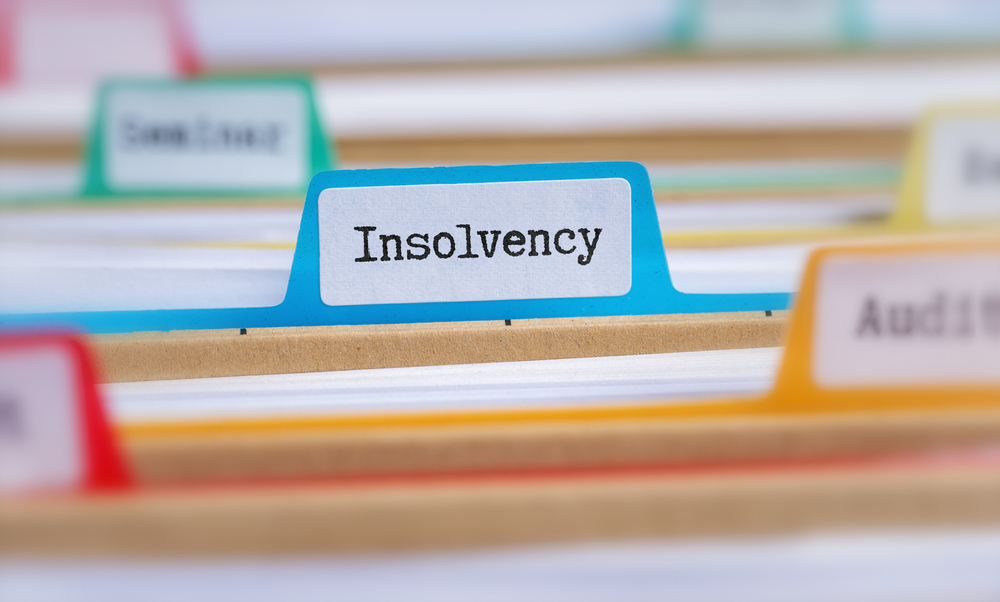
Statutory Demand vs Winding up Petition
Two forms of debt recovery available to UK businesses are a statutory demand, and a winding up petition.
I’ll explain what they are, the direct impact they can have on your company, and how you, as a director, can effectively respond to these challenges.

What is a Statutory Demand?
A Statutory Demand is a formal legal notice issued by a creditor to demand payment of a debt. For company directors, it represents an indication that creditors are formalising the debt collection process and laying the ground for increased pressure.
Covered under section 123(1)(a) or section 222(1)(a) of the Insolvency Act 1986, a Statutory Demand typically specifies the amount owed and provides the debtor with a strict 21-day period to either settle the debt or reach a satisfactory repayment arrangement.
Failure to respond to a Statutory Demand can lead to severe consequences, including the possibility of the creditor initiating a winding up petition.
What is a Winding up Petition?
If a Statutory Demand remains unpaid after 21 days, any creditor can issue the more serious threat: a winding up petition.
A winding up petition is a formal legal application made to the court to close a company that is unable to pay its debts. This petition can be filed by creditors, directors, or shareholders, and, if granted, results in the compulsory liquidation of the company.
Once a winding up petition is filed, the court reviews the petition to determine whether the company should indeed be wound up.
During this process, the court considers the company’s financial status, the interests of all parties involved, and whether any alternative solutions could resolve the company’s insolvency without liquidation. If the court decides to proceed with the winding up, it will issue a winding up order, appointing an official receiver to liquidate all assets of the company. The proceeds from the liquidation are then used to pay off creditors according to a legally defined priority order.
Avoiding a Winding Up Petition Using Creditors’ Voluntary Liquidation
For directors seeking to manage insolvency proactively, Creditors’ Voluntary Liquidation (CVL) offers a viable alternative to waiting for a winding up petition to be enforced by creditors. CVL allows directors to take control of the company’s insolvency process by voluntarily opting to liquidate the company before creditors force it into compulsory liquidation.
Opting for CVL can have several benefits over being forced into compulsory liquidation through a winding up petition:
- Control: Directors maintain more control over the liquidation process, choosing a preferred IP and managing the timing and terms of the liquidation.
- Reduced Costs: By initiating the process voluntarily, potential legal battles with creditors that can arise from a winding up petition are avoided, reducing legal and court costs.
- Preservation of Reputation: Managing the process proactively can help preserve the company’s reputation to some extent, as it demonstrates responsible management even in the face of insolvency.
- Minimised Personal Risk: By taking timely action, directors reduce the risk of accusations of wrongful trading or insolvent trading, which could arise if the company continues to operate while insolvent.
FAQs on Statutory Demand vs Winding up Petition
How do Statutory Demand and Winding Up Petition differ in their implications?
A Statutory Demand, if unpaid, is primarily a warning step that can lead to a Winding Up Petition. The petition itself, if approved by the court, results in the compulsory liquidation of the company, significantly impacting its credit, operations, and existence.
Can a company dispute a Statutory Demand or a Winding Up Petition?
Yes, a company can dispute both. A Statutory Demand can be challenged if the debt is incorrect, disputed, or if the company has a counterclaim. A Winding Up Petition can be contested on grounds such as disputes over the debt’s existence or amount, or if the company can demonstrate solvency.
What legal options are available after a Statutory Demand is issued?
Once a Statutory Demand is issued, the company has three main options: pay the debt in full, reach a settlement agreement with the creditor, or apply to the court to set aside the demand if there are valid grounds such as a disputed debt.
Is it possible to stop a Winding Up Petition once it is filed?
Yes, it is possible but challenging. The company must act quickly to either settle the debt, prove the debt is disputed on substantial grounds, or demonstrate its ability to pay. The company can also seek a court order to restrain the petition or propose an alternative solution like a Company Voluntary Arrangement.








